If you’ve never held a hamster before - don’t fret! It’s both easy and fun. Once your hamster has gotten to know you, then there is an easy way to get them to sit in your hands. Just follow the steps below, and be sure to supervise any young children that are attempting to do this.
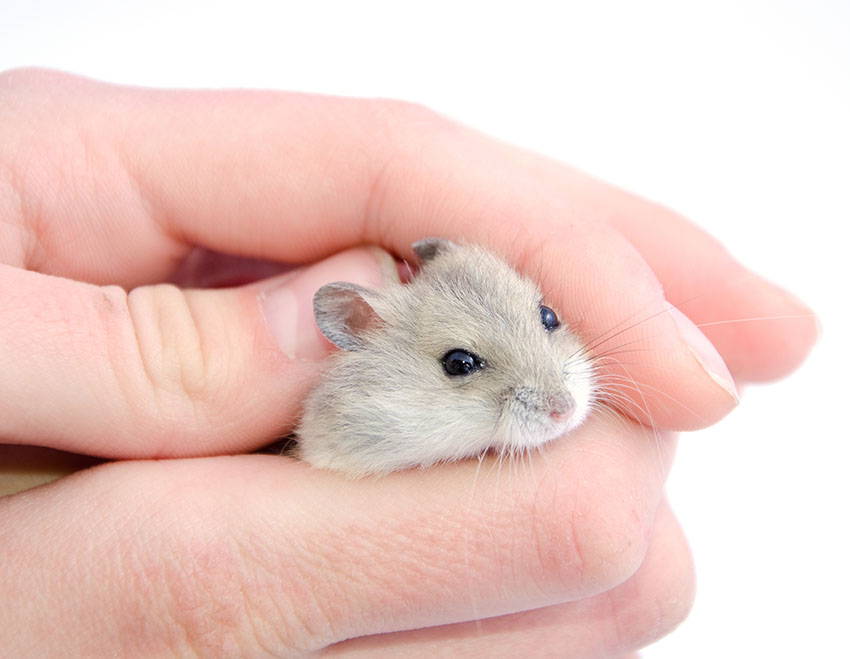
Tamed hamsters often love interacting with their owners
Before you begin, it’s good to know that if you scare your hamster, then you risk getting bitten. Their only real defense is to bite, and it’s their main method of telling you to stop doing something. If your hamster bites you, don’t punish it, instead, try to figure out why it’s biting. For more information, have a look at our ‘Hamster Biting’ page.
If you have only just got your new hamster then it won’t be used to you, and the following method for picking up your hamster won’t work just yet. You’ll need to tame your hamster before you try this method. We offer advice on taming on our ‘How to tame my hamster’ page.
Once your hamster is tamed (and awake!) follow these steps to safely pick up your pet:
- Give your hands a thorough wash with soap and water. Hamsters have a great sense of smell, and so a good option is an unscented soap which won’t make you smell like a treat. It will also get rid of any smells that might scare or unnerve them, like the smell of cats, dogs, or other hamsters. Washing your hands will also stop hamsters from licking anything off of your hands - they’ll try and eat anything, even if it’s not good for them! Washing your hands before handling your pet removes the risk of them ingesting something that doesn’t agree with them.
- Introduce your hand to the cage before touching your pet. Having a big, scary hand in your home will give your pet a bit of a fright, so don’t grab your little companion. Predators grab hamsters, and you don’t want your pet to see you as any kind of threat or it will run away from you, feel uncomfortable near you, and maybe even bite you! Place your hand, palm facing down, on the floor of the cage for about four or five seconds before moving it towards your pet.
- Turn your palm up and wait for your hamster to crawl onto your hands. This part may take a while, but if you seize your hamster then it’s likely to bite you. Instead, it’s best to be patient and to allow the pet to come to you (after you’ve repeated the whole picking-up process a few times and your hamster knows that it has nothing to fear from you, then this step is likely to take far less time). If your hamster does not crawl into your hands, then slowly and carefully scoop your pet up by scooping up some of the bedding it’s sitting on. Use both hands so that your hamster will not fall.
- Keep your hands in the cage for the first few times you pick up your pet. Your pet may try to jump out of your hands, and you don’t want it doing this and falling a long distance. Once you’re more used to handling your pet, you can gently place one hand on top of the animal to stop it jumping out, and then you can move it around very slowly. In general, though, it’s best to keep your pet fairly low to the ground when you can. Hamsters are exceptionally wriggly little animals, and even the most confident owner is at risk of one squirming out of their hands. Minimise this risk by keeping your pet close to the floor.
- When holding your hamster, move slowly and keep it close to your body - this can help your pet feel more secure. Keeping your movements smooth and slow reduces the risk of your pet panicking. Those who’ve not held hamsters much before might want to sit down whilst they’re cuddling this little animal, so that if it does wriggle free then it’ll fall a short distance onto someone’s lap, rather than further and onto a hard floor.
- For the first few times you hold your hamster, it’s a good idea to feed it a treat. This is because you’re trying to train your hamster to enjoy your company. If you give it nice food, it will create a positive association between time with you and having a nice time.
It’s best to only hold your pet for one or two minutes before returning it to its cage. Keeping it brief for the first few times you hold your hamster will minimise stress - being picked up for the first time by a strange human will be a bit scary, but if it’s only for a few minutes, and it gets given a nice treat, then your hamster will soon look forward to the time it spends with you.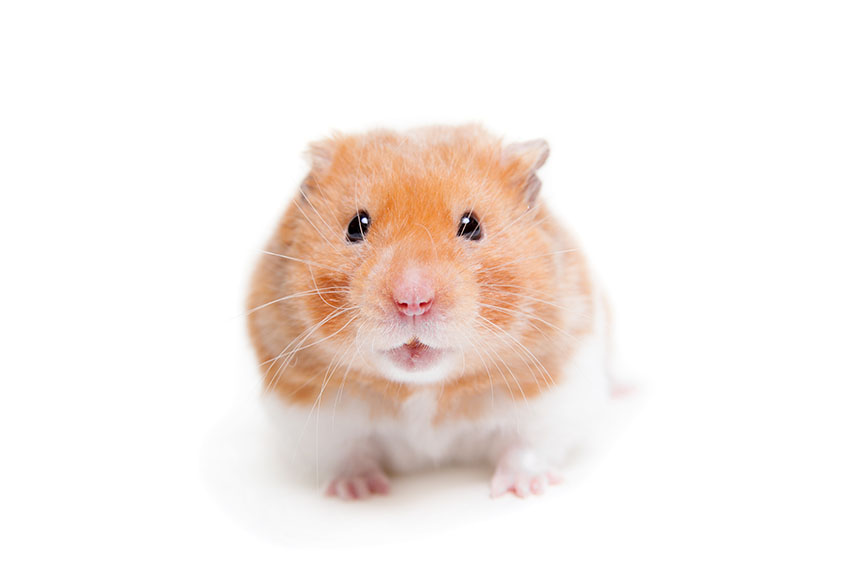
Being picked up will be a bit scary at first, but if you're gentle and offer plenty of treats, then your hamster will soon look forward to it
- To put your hamster back in it’s cage, make sure it cannot jump out of your grasp and gently move your hands to a centimeter or two above your hamster’s cage floor. Then, lift away one hand, and allow your hamster to walk off of it. If hamsters fall for more than a couple of centimetres, they can break their little legs.
- Repeat this process three times a day for several days, until your pet actively seeks out your hands when you open the enclosure. At this stage, it’s fine to start holding your pet for longer periods of time, and you probably don’t need to give them a treat every time you hold them.
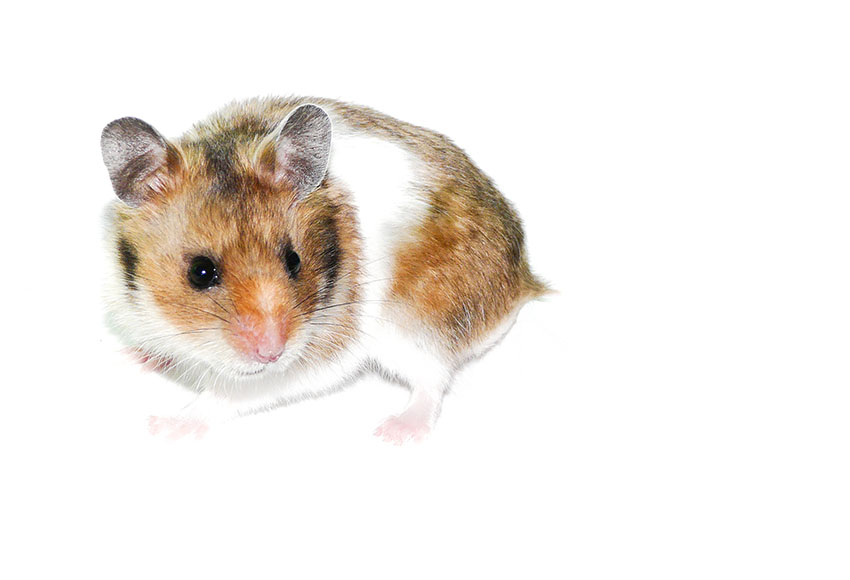
Washing your hands cleans away any unsettling odours
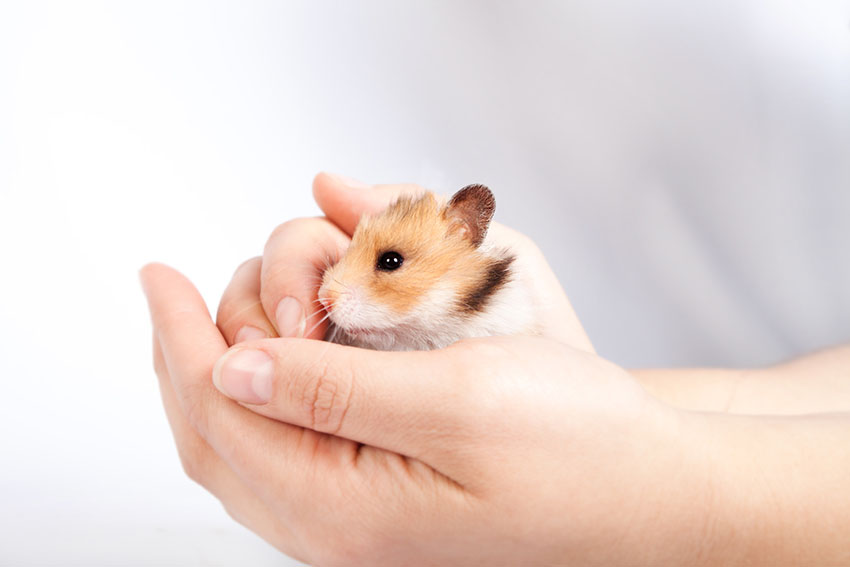

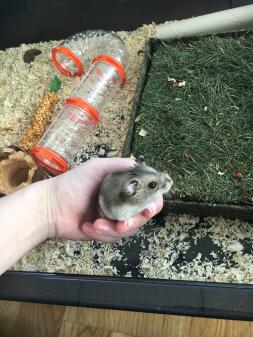
Comments
There are no comments just yet